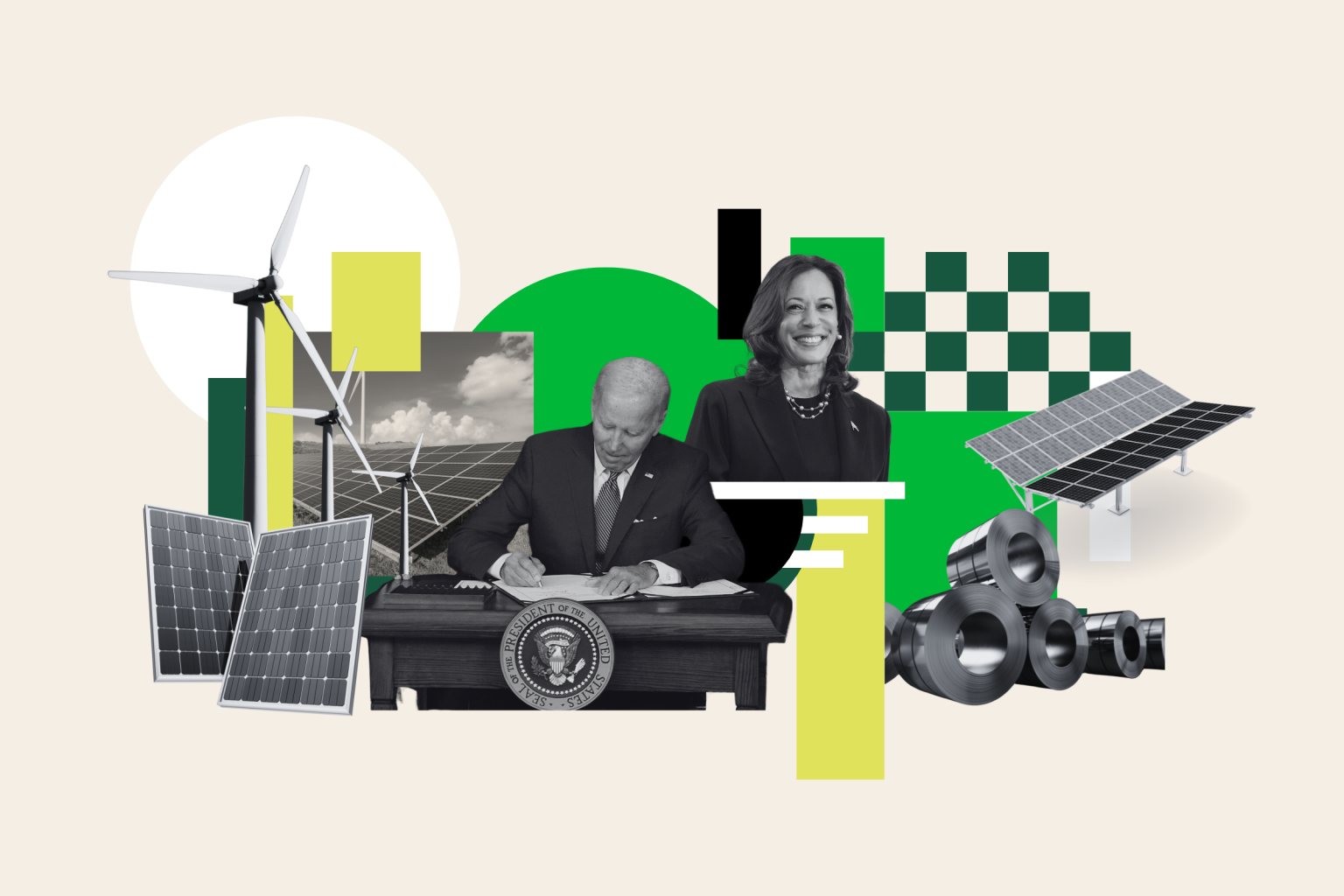The city of Middletown, Ohio, with its history tied to a sprawling steel mill, is one of many struggling communities across the country set to benefit from the Inflation Reduction Act (IRA), aimed at clean energy investments. The steel mill, now operated by Cleveland-Cliffs, has been through various ownership changes as the U.S. steel industry has fluctuated, impacting the town’s economic stability. With ties to well-known figures like J.D. Vance and poignant cultural references like Tom T. Hall’s ballad, Middletown has been in the spotlight due to its economic struggles and political representation.
Implemented two years ago, the IRA has led to significant clean energy investments and job creation nationwide. The $6 billion funding from the IRA is poised to energize over 30 manufacturing companies, including Cleveland-Cliffs’ Middletown Works, to lower carbon emissions and create new jobs. The IRA’s tax incentives have attracted substantial private sector investment and created opportunities across various clean energy sectors, which led to the creation of thousands of new jobs in Ohio alone. Despite its impact, surveys have shown that many voters remain unaware of the IRA and its implications.
The complexity of the IRA and its multifaceted approach present challenges in communicating its benefits to the public. Many voters are unfamiliar with the law and its climate goals, which suggest a significant gap in awareness and support. Efforts are underway to raise awareness and improve understanding of the IRA through campaigns like “Save on Clean Energy,” which aim to highlight the practical benefits of the law for individuals and communities. By focusing on how the IRA can help individuals save money on clean energy initiatives, these campaigns aim to bridge the gap between public support and awareness of the law.
Political polarization and skepticism around the IRA continue to be prevalent, with Republicans criticizing the law as wasteful spending and advocating for its repeal. However, as clean energy jobs begin to grow in Republican states, there is potential for a political shift towards bipartisan support for clean-energy solutions. The promise of clean energy investments creating new jobs in places like Middletown offers a glimmer of hope for building bipartisan coalitions around clean energy initiatives. The impact of the IRA on local communities like Middletown is crucial in shaping public perception and potential political support for clean energy initiatives.
The upcoming election is poised to test the fragile balance of support for clean energy initiatives in the face of political opposition and economic concerns. The connection between the IRA’s investments and job creation in places like Middletown might shift attitudes towards critical clean energy programs. As the nation navigates this transition towards cleaner energy solutions, the IRA remains a pivotal but often overlooked piece of legislation that has far-reaching implications for climate policy and electoral politics. Efforts to raise awareness and understanding of the IRA’s benefits hold the key to unlocking its potential for a greener, more sustainable future.


